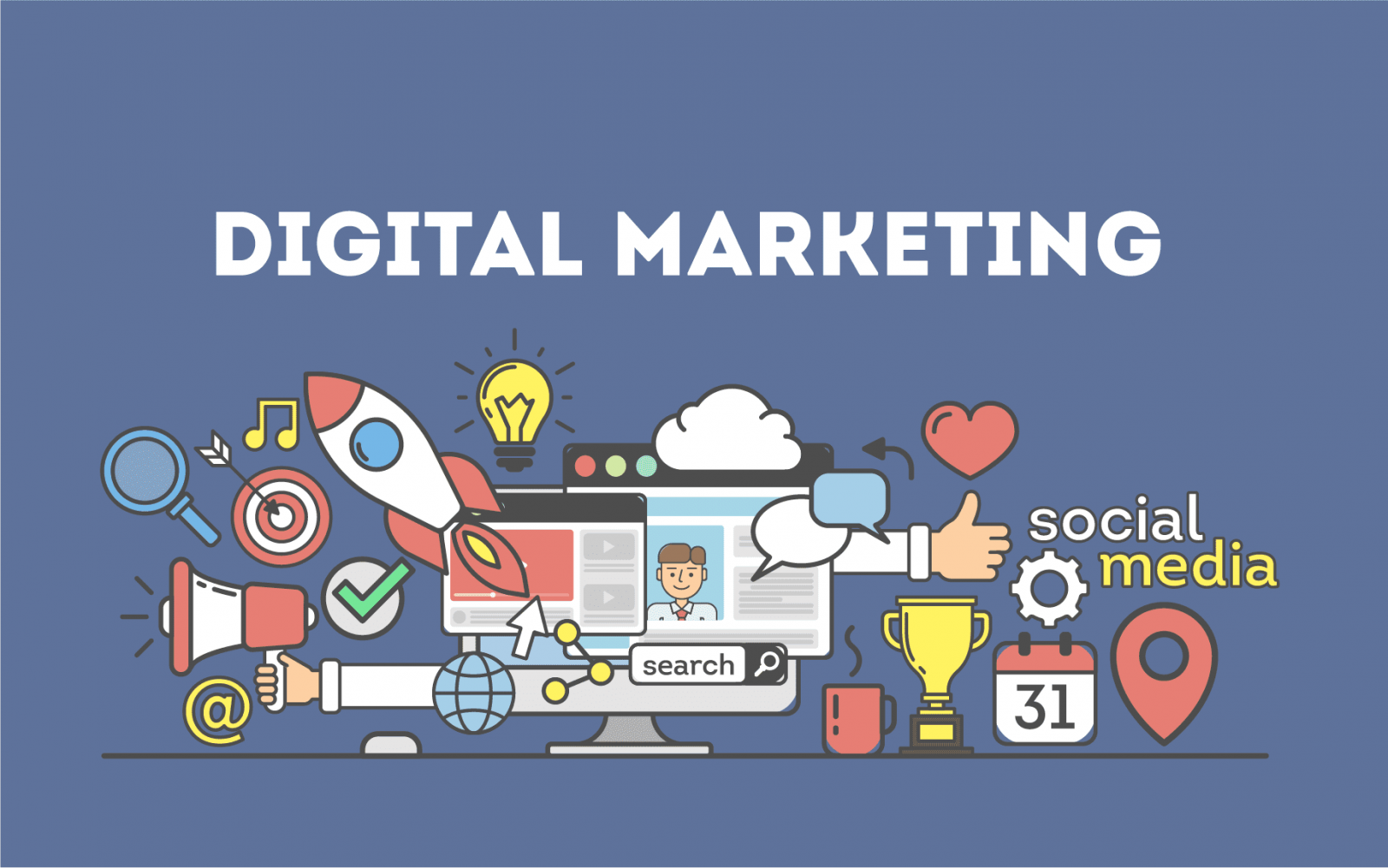1. Conduct a SWOT Analysis
A SWOT analysis is one of the best ways to kickstart your digital marketing agency plan, as well as take a total inventory of your business and where it stands. A SWOT analysis stands for:
- Strengths
- Weaknesses
- Opportunites
- Threats
Let’s look at each of these points.
Identify where your strengths are, both as a company and as a leader
Does your company already have a loyal customer base? What is your team good at?
Perhaps you run a company that is now growing in scale.
Although a bit unmanageable, it shows that there is potential for your company to both operate successfully and get itself organized, with the help of certain project management techniques and a solid digital marketing plan.
Identify the weaknesses in your company
Some of the most common challenges businesses say they face, according to Forbes, are:
- Accelerating digital transformation, such as creating a digital marketing plan that fits into modern social media trends.
- Improving revenue and cash flow.
- Website and cybersecurity.
- Developing strong leaders within their company to help run it.
Modifying their business models, such as creating a digital presence.

Identifying where you stand within these weaknesses might be tough, but it helps you understand how to better form solutions to address these weak points, as well as be made aware of them.
Look at your opportunities as a business
This includes looking at your employees, customer base, and the market itself to look for opportunities.
For instance, is there now a high demand for your product but there’s just no way for you to understand how to sell in large amounts?
Or, is there a sudden change in social norms that now leads customers to purchase from your company due to your values?
Think about external factors that can help improve your business and boost your sales, and how you can take advantage of these through a digital marketing plan.
Look at the threats to your business
Are customers leaving because there is a better company offering lower prices?
Will issues with the supply chain hinder your ability to sell your products, even if you do have the customers willing to purchase them?
All of these are relevant issues that you must take into account when formulating your goals for your digital marketing plan.
2. Develop SMART Goals
On that note, the next step is to develop SMART goals that are:
- Specific, meaning they are divided into both short-term and long-term goals. For instance, a specific goal is to gain 15 new email subscribers every month, not simply “grow email list.”
- Measurable, meaning it is a goal that can be measured using KPIs and other forms of data analytics.
- Attainable, meaning it is realistic considering your resources, time, and budget, such as growing a website instead of creating the next Amazon within 2 months.
- Relevant, meaning it aligns with the bigger goals of your business. For instance, you might want to create a social media platform in order to get in touch with a younger audience.
- Time-based, meaning you set both short-term and long-term timelines.
Short-Term Goals
When creating your digital marketing plan, make sure to have both short-term and long-term goals.
Short-term goals can be as simple as saying, “I want to grow our following on social media by 100 users in the next 2 weeks.”
These goals can help boost morale and keep your company on the right track toward growing its digital footprint.
Long Term Goals
Long-term goals can be something set a year or even years ahead.
For instance, do you want to create a digital marketing plan that helps your company rank first in Google search engineers through SEO in the next year?
Are your goals to generate 50% more sales by the year 2023?
All of these are excellent specific and long-term goals that can help you set a vision for your company and digital marketing plan.
3. Identify Your Audience
What good is a digital marketing plan without an audience to receive your plan?
It’s important to identify your audience for your business before setting out on creating contact or engagement.
Consider who you want your business to attract. These can be broken down in terms of:
- Age
- Gender
- Income thresholds
- Goals
- Social values
- Interests
After you identify the audience, you can use this information to create a buyer persona. This is a sort of template you can use to create your advertisements and content.
For instance, let’s say your company sells handbags. Do you want to attract a younger female audience or an older audience comprised of business people?
As you can see, often more than one buyer persona needs to be considered.
Put yourself in their shoes and ask yourself, “If I was a customer, what would make me want to buy from a company? How would I choose one online business over the other?”
Whichever buyer or audience you choose to market to, focus on building your online services to cater to your customer and provide customer satisfaction.
In fact, statistics show that 50% of customers will leave a website permanently if its content is irrelevant (meaning not useful to their situation), and (not surprisingly) 50% of people find blog posts useful.

Use this information to your advantage when creating content for your digital marketing strategies.
4. Consider Your Marketing Avenues
There are many avenues to choose from to boost your customer sales and traffic to your company’s website.
All of these have their own advantages as well, including:
Social media
Businesses say it has helped increase their traffic by up to 75%.
Social media marketing is also quite budget-friendly since it can take advantage of both user-generated content (meaning content from your customers) and even employee content.
Influencer marketing
It is also a great way to not only improve exposure but also help your business develop trust among your customers.
This type of marketing is effective but can be costly to hire influencers to market your brand on their website, blogs, YouTube channel, etc.
PPC
Pay-per-click advertising is a more traditional form of advertising that drives traffic to your site, while still allowing you to pay advertisers for the amount of clicks you get to your site.
This makes it budget-friendly, but not great at generating long-term traffic like content marketing would.
SEO
Search engine optimization is one of the best ways to increase traffic online.
The way it works is your business creates content that other people are searching for, such as “Best ways to clean my home.”
By creating useful content like blogs, videos, podcasts, and more, you develop a huge digital footprint on search engines like Google or Bing, which can continue to bring you traffic permanently, so long as you continue to produce valuable content.
This generates traffic to your website and translates to more leads and sales.
5. Develop a Budget for your Plan
Depending on your budget, you can choose to implement one or all of these marketing strategies for your marketing plan.
Once you have a budget in place, you can purchase the necessary items to implement your plan, such as:
- Hiring outside creators to boost your ability to understand digital marketing, as well as leave the content creation in their experienced hands.
- Hiring performance professionals, which can help analyze the market trends of your business’s online marketing strategy, helping you understand which areas are successful, need improvement, and which plans to continue to utilize.
- Purchase online advertisements, domains, and invest in your overall digital content creation.
- Spend money to train your teams to also be skilled in digital marketing, or find outside hires to work for your company in this venture.
Creating a digital marketing plan might seem novel, but it is necessary in order to boost revenue and ensure your business’s longevity.
Using these tips above, you can create a marketing plan that works for any type of agency and translates to real results.












Replies to This Discussion